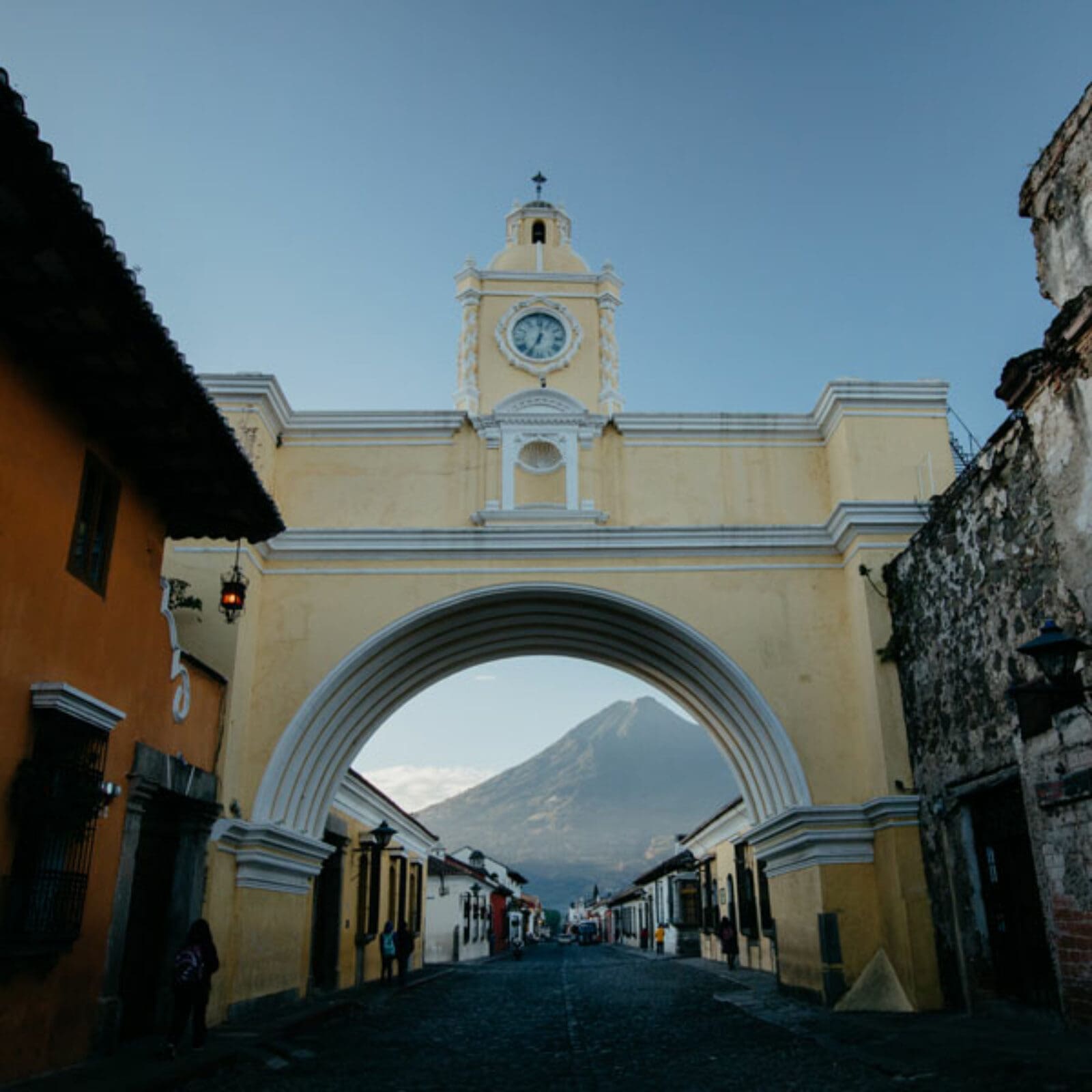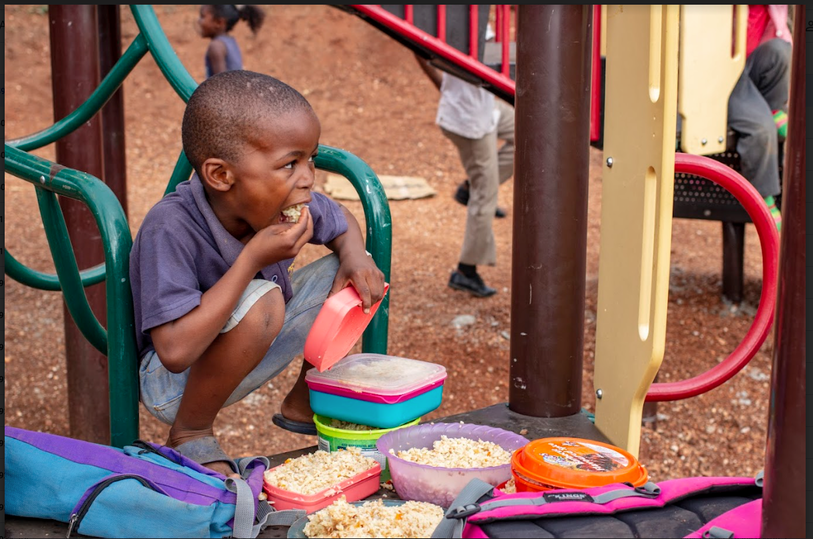Oh, Spanish. If I could choose a relationship status for me and this language, I would have to say, “It’s complicated.” Don’t get me wrong, I absolutely adore Spanish, but it’s also absolutely exhausting. Here’s the thing: Spanish is completely different in every single country. Even though it’s technically the same language, you can cross borders and not understand a word of what’s going on. Between the accents and the vocabulary and the slang, the Spanish language continuously presents me with…”opportunities for growth,” let’s say.
There’s actually a song about this madness we Spanish-learners have to endure, called “Qué difícil es hablar el español.” Hopefully this gives you a bit of insight into this hot mess.
(I apologize for the semi-explicit content towards the end, but you get the point.)
It’s such a struggle, y’all. And now that I’ve arrived in my eleventh month and twelfth country of the year, each country has made its own contribution to the way I speak Spanish. So now, I’d like to take you on a linguistic journey through Latin America. ¿Listos?
El Salvador-“Qué chivo!”
Literally translated, this means “What a goat!” But what does it actually mean? “Cool.” For example, you’d say, “I went surfing yesterday,” and your friend would say, “Qué chivo!” (Why a goat is equated with coolness is beyond me.)
Guatemala-Kaqchikel
This is not a particular word, rather a whole separate language. Although Spanish is the official language of Guatemala, it’s also home to oodles of indigenous languages. While ministering in the villages we oftentimes encountered widows who spoke no Spanish at all, just Kaqchikel. Talk about cultural experiences.
Honduras-“Cheque”
While it literally means, “check” (as in “not cash), Hondurans use this word to say, “Sure,” or “Got it,” or “Great.”
“We got the plans set for tomorrow.” “Cheque.”
Nicaragua-“¿Cómo no?”
Ohmygosh, this is pretty much all any Nicaraguan ever said. Basically it means “How could I not?” and is used in response to questions.
“Are you going to baseball practice later?” “¿Cómo no?”
“Can you grab me a Gatorade from the freezer?” “¿Cómo no?”
“Is it hot outside?” “¿Cómo no?”
And every time I was all awkward like “Derpderpderp I don’t know how to respond to this.” Story. Of. My. Life.
Costa Rica-English
I was only in Costa Rica for a week, but I’m pretty sure I could have gone the whole week without speaking any Spanish. We were in a super-touristy area, so everything was catered to Americans. All English, all the time.
Panama-“¿Te doy un bote?”
“Can I give you a ride?” The word “bote” is super Panamanian, and we heard this phrase all the time as we hitchhiked around town.
Ministry in Panama
Colombia-“Chévere!”
Ladies and gentlemen, here’s another way to say “Cool.” But unlike “Qué chivo” from El Salvador, this phrase does not have a strange direct translation; it means “cool” and nothing else. Qué chévere!
Ecuador-“Cha chay”
This phrase is technically not Spanish, but comes from the indigenous language Quechua that is still spoken throughout Latin America. “Cha chay” has been adopted into everyday Ecuadorian Spanish and means “Oh gosh, it’s so cold!!”
Peru-“Cha chay”
We crossed the border into Peru, where it was absolutely FREEZING, I started saying “Cha chay,” and all the Peruvians looked at me funny. Why? Because in Peru “Cha chay” means “Oh gosh, it’s so hot!!” The exact opposite of Ecuador. Cause that makes sense.
Bolivia-“¿No ve?”
You know how in English we can end sentences in “right?”? For example, “You’re going to the movies, right?” You can do that Spanish, too, with the words “no” and “verdad.” (Vas al cine, ¿no?) But only in Bolivia have I heard the phrase “no ve” used in this way. A literal translation of this phrase is “Don’t you see?”, so you’d end up saying something like “You’re going to the movies later, don’t you see?” (Vas al cine, ¿no ve?) This is the phrase that has stuck in my vocabulary the most, and I’m not kidding, ever since Bolivia I’ve had to stop myself and consciously not say “no ve” at the end of my sentences.
Leading a devotional at soccer practice in Chile
Chile-“Ya po!”
Chilean Spanish is madness. Absolute crazytown, I’m tellin’ ya. They mumble everything, they drop letters, I couldn’t understand them most of the time. Mad.ness. But one thing I did understand was when small children would yell, “YA PO!” which basically means “Do it!” or “Hurry up already!” or “Come on!” It’s more of an overall sentiment rather than an exact translation. It’s Chile, after all.
Argentina-“¿Y vos?”
Oh, Argentina. Mi querido país. Praise the Lord that this is where I learned my Spanish, ’cause otherwise this would probably be the most difficult dialect yet. In Argentina they use an entirely different verb form that technically exists in a few other countries, but it is definitely more widespread in Argentina than anywhere else. Instead of the usual “Tú,” they use “Vos” and its accompanying verb forms. For example, instead of “¿Qué quieres tú?” it’s “Qué querés vos?”, and stuff along those lines. Because in Argentina we don’t speak Spanish, it’s casteshano.
So you may ask me, “Has your Spanish gotten better this year?” Ehhh…yes and no. I’ve definitely improved my translating and interpreting, and as you can tell from this list, my vocabulary has expanded. It’s like I’ve got this mixed-up Spanish with phrases that make sense in some countries and not in others. At this point I’m mostly just “bien confundida”…Super confused. Así es la vida, ¿no ve?
(Also this. This is my life.)








